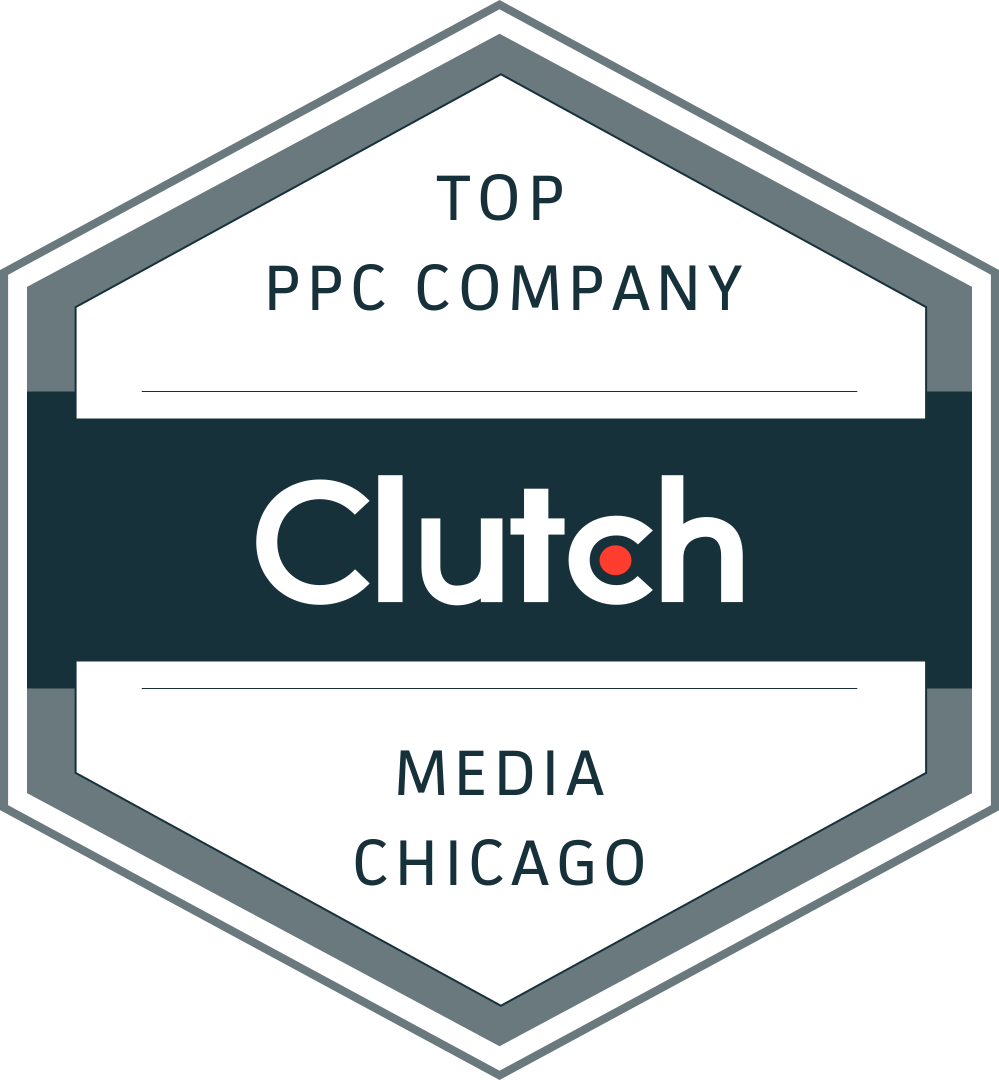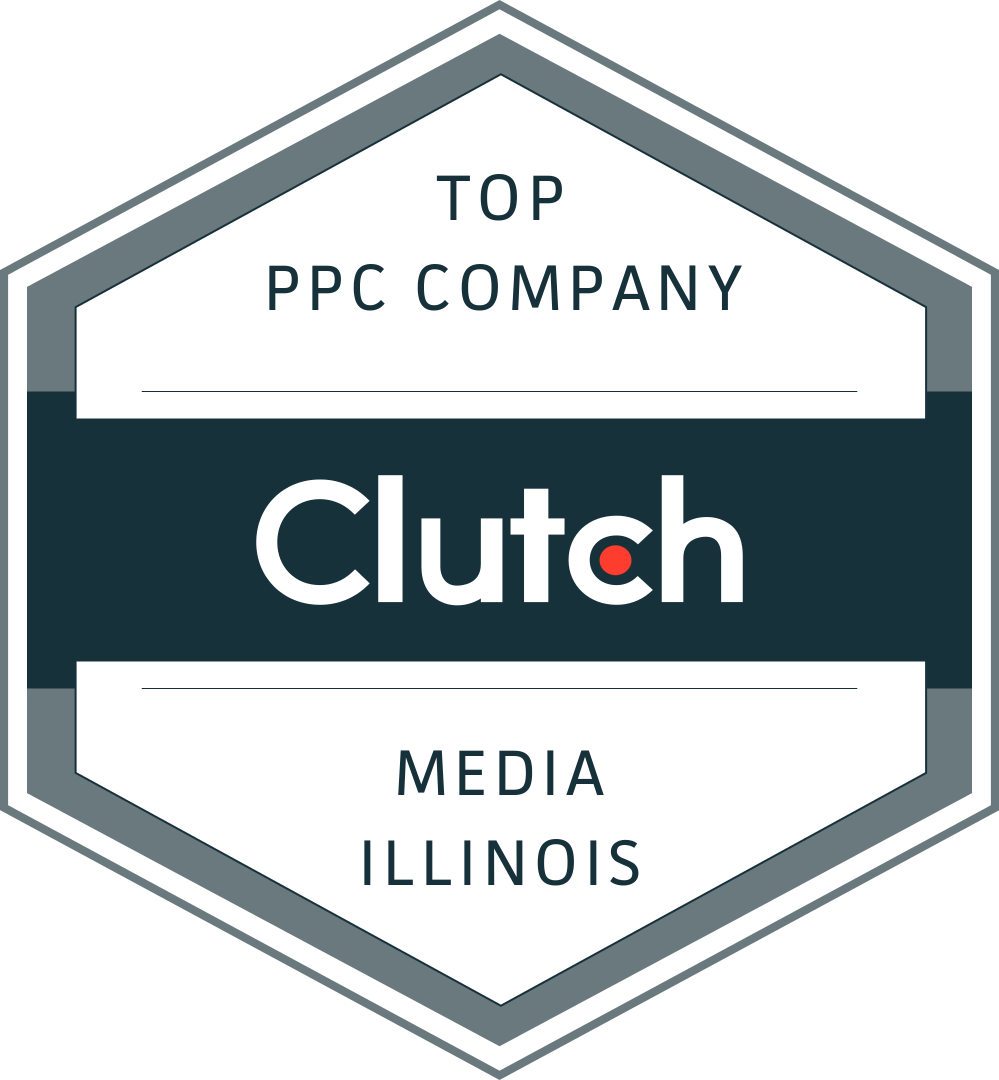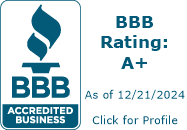Since their business model is based on getting subscriptions for their service, SaaS companies need to create long-term value with their customers. And we’re not talking month-to-month: we’re talking years.
SaaS pricing varies, so your go-to-market strategy will be unique. Your budgets will be unique, your goals will be unique, and your growth will be unique. There are some high-level tactics you can execute no matter what you’re selling. Let’s take a look at them.
Jump to a section:
____________________________________________________________________________
Pre-marketing
Step 1: Align your marketing and sales teams
Your sales team and marketing team should be in lock-step. Otherwise, your sales pipeline will remain limited, and your sales team will sign on clients that your marketing team may have eliminated during their persona exercises.
Make sure your sales team knows the personas the marketing team is targeting. Also, make sure your sales team knows the SaaS product inside and out. This will maximize your sales success.
Step 2: Set goals
Set your marketing budget
You need to know how much marketing budget you’ll have over the next 12 months, then break that down into how much you’ll spend by quarter, then how much you’ll spend by month. Make sure you understand your product market, any seasonality that might artificially spike or dampen your sales, and any ramp-up periods where you’ll turn on different marketing channels. Setting your budget early makes it easier to adhere to, or to change it when you see a channel is more or less successful than you projected.
Set your target audience
Who is your target audience? Who is in need of your SaaS product? What do their demographics look like? When are they most in need of your product?
The only way your product and services are going to sell is if you can answer the above questions. That means you need to run persona exercises. A persona is a fictional representation of the clients you want to service. You’ll create the general details of your ideal customers, which will help you build strategic marketing plans to attract those customers.
Some of the information you need to create for your personas includes:
- Name
- Demographic details
- Professional background
- Education
- At work, [Persona]’s pressures include
- [Persona] is looking for
- Points of resistance
- Personal goals and ambitions
We’ve created a worksheet that you can use to build your personas.
If you’ve already created your personas and have been using them, take any collected data, and see if your current customers match the created personas. If they do, you’re good until your next persona audit. If not, run through the exercise again and find out why you’re getting customers you didn’t target.
____________________________________________________________________________
Go-to-Market
You need to think about your tactics in terms of the buying funnel. SaaS sales cycles can take a long time, so you need to ensure you’re filling your pipeline with qualified leads at every stage. As a reminder, the buying funnel includes the following:
Awareness – People need to know who you are if they’re going to buy your product. This is especially important when you’re starting out.
Engagement – This is where your potential customers get to know your product, how to use it, learn your industry expertise through your educational content, and see reviews from happy users. They may also sign up for your newsletter or follow you on social media. They aren’t ready to buy your product yet, but they are ready to engage with your brand in some way.
Conversion – Now they’re ready to buy.
Your go-to-market strategy and tactics need to take all 3 stages into consideration. Some marketing channels touch multiple stages. Some are best for one stage.
Technical SEO
When you should start: Immediately
Stages: Awareness, Engagement, Conversion
It’s a misnomer to call SEO a marketing channel. SEO cannot, and should not, live in a silo. SEO is vital to every other marketing lever you pull to promote your brand and your SaaS product. If you want your brand found by Internet users, SEO needs to be at the forefront of everything you do. It all begins with your website.
Audit your website
We recommend quarterly SEO audits. Whenever you do an audit, you should be asking the following questions:
- Did traffic increase?
- On what pages?
- Were any changes made to them? What were those changes?
- You may be able to replicate these changes to increase traffic to other important pages
- Did traffic decrease?
- On what pages?
- Were any changes made to them? What were those changes?
- You might need help from other marketing channels, or your developers, to find all the changes
Now that you have the data collected to answer the above questions, what do you do next?
Optimize your website
With all the above data, it’s time to optimize your website. You can utilize SEMRush to help you search your domain and put your keywords into three buckets:
- Top (positions 1-10)
- Striking distance (11-25)
- New content potential (25+)
Once you’ve separated your keywords, ask the following questions for each of the buckets:
Top positions – What can I do to improve click-through rate on these pages to get more traffic?
Pro tip: Work with your PPC channel head. Ask for what calls-to-action (CTAs) performed the best, optimize your website title tags and meta descriptions with these CTAs.
Striking distance – What’s missing between my website and the top performers?
Pro tip: Perform an incognito search for the keyword in a new browser and audit the top five organic listings. What’s missing from your page? What can you add that would be unique for your website visitors?
New content potential – How many of these keywords actually deserve their own page?
Pro tip: Use SEMRush to compare your webpages to your competitors. How many and what keywords are they ranking for that you don’t? Where are you competing? How can you be better? This will give you an idea of how much content you need to create, where you are in the market, and what your content strategy should be going forward.
Why do you need all of the above? You’re going to use it to optimize your website to increase your brand awareness and engagement.
You’re not done, though. You can further optimize your website by looking at your backlink profile.
Audit and optimize your backlink profile
Another way to increase your awareness is to increase your backlink profile. Backlinks are, essentially, a vote of confidence in your website from other companies and sites. Building and maintaining a healthy, robust backlink profile can potentially raise your SERPs ranking over an extended period. How do you create and maintain a backlink profile?
Step 1: Build your backlink profile
One of the best ways to build a healthy backlink profile is by creating and promoting high-quality content. This can include infographics, webinar videos, podcasts, guides, white papers, etc. Share these pieces across social media. Ask bloggers and news sites if you can syndicate your content on their website in exchange for a backlink,
Here are a few other ways you can create a healthy backlink profile:
- Sponsor local non-profits and ask them to place a link on their website
- Ask blogs if you can guest post for them in exchange fo a link to your website
- See who’s linking to your competitor(s), and find or create better content for those websites to link to
Step 2: Cull low quality backlinks
Backlinks are a double-edged sword. Any webmaster can point a link to your site, which is great when they are popular, trustworthy, and high-quality. It’s not so great when the site is terrible from a technical and user perspective. You need to regularly clean these backlinks from your profile.
After you’ve built and started maintaining your backlinks, what’s next?
Optimize your website speed
Internet users expect your website to load quickly. In fact, they expect it to load in under two seconds. Yep, two seconds. Any longer and potential guests will bounce off your site.
You can use Google’s page speed tester to find out your page speed and get suggestions on what you need to fix. Here’s a look under our hood so you can see what the page speed tester looks like:
Our mobile page speed looks good, according to the tester. Our site, however, is a bit faster on desktop:
After you find out your website’s stats, you’ll see some things you can fix. You should bucket them in this order of priority to make the most impact on your website:
- Re-size your images
- Eliminate javascript code that blocks search engines from crawling your web page
- Simplify your code
- Compress your text and images
Work with your developer to all the above done. If you’re hosting your site on WordPress, there are plugins you can install to automatically enhance your website’s speed. Here are the plugins that we use:
- Async Javascript
- BJ Lazy Load
- Cache Enabler
- Compress JPEG & PNG images
If you host your site on Squarespace, here are some other things you can do to help speed up your website:
Inject schema
Schema is code that you add to your website to give search engines more information about your website and the individual webpages.
What makes schema technical is injecting the code on your website. But there are a lot of options to eliminate complexity, like schemaapp.com.
Here is an example of what schema code looks like:
Make sure you’re injecting the right code.
Everyone in your organization should know SEO. We’ve created an ultimate SEO page that houses guides for multiple stakeholders to learn about SEO and how it affects their role.
PPC
When you should start: Immediately
Stages: Awareness, Engagement, Conversion
We’ve run across multiple clients who want to wait to start their paid marketing. Your PPC efforts should start as soon as you’re ready for beta clients to sign up for product previews. You create awareness for your brand and product through social, banner, and Google/Bing/Yahoo ads. Turning this awareness into signups brings engagement. And turning these early sign-ups into full subscribers creates conversion.
Paid is a full-cycle channel. Use it to your advantage to populate your sales pipeline. Use your website analytics data to see the top metro areas of your website visitors. Start by targeting the top three-to-five metros and see how that impacts your website traffic and conversions. Once you have some email addresses, use them to create lookalike audiences for paid social media ads.
Spending money to create Facebook and Instagram ads can bring you additional clients from feeder markets, leading to additional sales. It’s a great alternative to running expensive newspaper or magazine ads.
Check out our PPC guide to learn more about how to run your campaigns for maximum ROI.
Content
When you should start: Immediately
Stages: Awareness, Engagement, Conversion
Content is super important and should come second to your paid efforts. Just like PPC, content touches every stage of the buying cycle. How? Check it out:
Awareness
- Blogs
- Videos
- Infographics
- Social media posts
- Podcasts
- Ebooks and whitepapers
Engagement
- Email newsletters
- Product comparison posts
- Case studies
- Product/service demos
- Customer testimonials
- Landing pages
- Webinars
Conversion
- Sales pages
- Sales emails
The most important content to create is educational content. Teach potential users about your SaaS product. Make sure you have how-to videos on your website and on Youtube. Give out free trials so people can use it and get used to it. When you onboard free trials, use their first 5 days and send them emails on how best to use your product. This will get them activating your app or service on a regular basis.
If you’d like to get a more in-depth look at how to create a content marketing plan, check out our “Beginner’s Guide to Content.”
Organic Social Media
When you should start: Immediately
Stages: Awareness, Engagement
Social media can expand your brand awareness to a national audience. How? Through your social media posts, you’ll create a community and build a relationship with your audience. Facebook and Instagram alone number over 2.5 billion active users. If you aren’t using social media, you’re missing out on potential clients. I won’t say potential revenue, because organic social media shouldn’t be about conversions. It should be about building awareness for your brand and engagement with your service. Your website landing pages and paid ads should focus on converting potential clients.
One example of organic content you can post on social media is product how-tos. Give new users popular use-cases for your service to lower the barrier-to-entry. If people feel your product is easier to use than others on the market, they want to purchase a subscription. For more examples, check out our “Organic Social Media Beginner’s Guide.”
Local SEO
When you should start: Secondary
Stages: Awareness, Engagement
If you’re trying to become a national brand, “Local SEO” may seem like a limiting factor. It isn’t. Local SEO should be a vital part of your marketing efforts, especially now that we’ve entered a zero-click world.
What is “zero-click”? When an Internet user types in a query about a company’s address, phone number, or operating hours, they want instant information. With Local directories like Google My Business, they can get it without clicking through to your website.
Even with zero-click potential, you can use local SEO tactics to increase your awareness and engagement. Do you know if your local information is consistent across Yelp, YP.com, Google My Business, Bing, Travelocity, and other directory websites? Do you own your profiles on these directories? If your information isn’t correct, and you don’t own your profiles to make it correct, imagine how many potential customers you’re missing out on.
Search engines also reward you for syncing your information across local sources.
There’s a tool from Moz to check data aggregators to make sure your UNAP information is correct. What’s your UNAP information? UNAP stands for:
- URL
- Name
- Address
- Phone Number
Remember that the Moz tool only shows some, not all, of the data sources. There are over 50 unique data sources to track and sync your information. So you’ll need to manually check and keep track of your UNAP. If you need some help setting up your profiles, check out our “Local SEO Beginner’s Guide.”
Email Marketing
When you should start: Secondary
Stages: Engagement, Conversion
We’d tell you to start your email marketing as early as possible, but it takes time to build up an email list. You need to get people to sign up for product beta tests and trials. You need educational content to get people to sign up for your monthly newsletter and give their email to get your gated content.
Once you have 50-100 emails, it’s time to start your email marketing. The first thing you want to do is segment your marketing lists. Everyone who’s signed up for a trial or a beta test put in your “Onboarding” list. They should get emails about popular use cases, and how-tos so they can get started using your product.
Once their onboarding is complete, move them over to your “Newsletter” list to retarget them when their trial is over. You can further segment this list by organizational niche. For example, if you have companies in different niches like FinTech, MarTech, Health Care, you want to send them newsletters with content based on their industry needs. Tailor your newsletter for each niche, and give them offers and rates to upsell them. Create special codes that can only be redeemed through the email. Use this to track how many people use those deals and offers so you can tweak the rate, the time of year you send them, and the best need periods based on your seasonality. We’ve written an “Email Marketing Beginner’s Guide” to help you get started.
Marketing for your early-stage SaaS business will make your later stages easier or harder. The more you can populate your sales pipeline, the more you can lower the friction to using your product, the more you can build trust with your potential clients, the quicker you can make your sales cycle. If you think you need help executing some of your marketing needs, you may need to hire an SEO specialist or a full agency. Be sure to check out our guide on how to figure out if you need an internal SEO specialist or an agency for some help.










